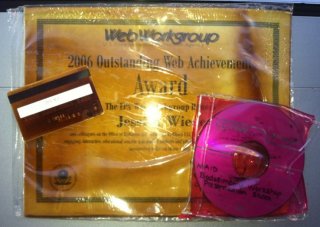Mail Irradiation
- Irradiated mail is passed through a high energy beam of electrons or x-rays.
- Irradiation sterilizes mail; it does not make mail radioactive.
- Mail irradiation can damage plastics and make paper brittle.
Mail irradiation is a process of subjecting mail or packages to ionizing radiation to eliminate or reduce the presence of harmful pathogens, microorganisms, or pests. Mail irradiation is a technique that is used on mail addressed to certain government agencies to ensure that packages and letters do not contain harmful bacteria. The U.S. Postal Service (USPS) operates dedicated mail irradiation facilities as a part of their mail security procedures, and workers are kept safe by strict controls throughout the process.
About Mail Irradiation
In October 2001, spores of the deadly bacteria anthrax was found in mail sent to several news agencies and the offices of two United States Senators. Anthrax is a species of bacteria (scientific name: Bacillus anthracis) that forms spores, which when inhaled, can make people sick. It is very rare that you would come in contact with anthrax during normal daily activities. However, after the anthrax mailings in 2001, the U.S. Postal Service began to irradiate mail addressed to certain government agencies. This was done with help from the Federal Bureau of Investigation (FBI) and public health experts from the Centers for Disease Control and Prevention (CDC).
During the irradiation process, mail must pass through a specialized system that emits ionizing radiation, such as gamma rays or electron beams. These types of radiation damage living cells, which helps to kill harmful bacteria. The beam penetrates deep into the mail to destroy viruses and bacteria—like anthrax. Mail irradiation can also be used on thicker postal materials like letter trays and packages.
The ionizing radiation used in the mail irradiation process can cause chemical changes in paper. Additionally, the mail is exposed to extreme heat during the process. The mail might come out brittle and discolored, looking and smelling like it has been baked in an oven. Books or documents with glue in their spines may have loose pages. Irradiation also might turn plastics brown, and warp CD cases or other plastic storage containers, and even affect credit cards. Even though it causes physical changes, irradiating mail does not make the mail radioactive.
It is important to note that mail irradiation is carried out in authorized facilities equipped with necessary safety measures, which are strictly regulated. Knowledgeable operators follow safety rules to make sure the mail is handled and processed appropriately during the irradiation process. Radiation levels are closely monitored at mail irradiation facilities to ensure that workers are safe. The facilities have thick concrete or lead lined walls to shield employees and visitors from radiation.
What You Can Do
There are no radiation exposure concerns with handling irradiated mail. Irradiation does not make the mail radioactive. However, irradiated paper may break, crumble, or may appear discolored. Plastics and inks may melt and fuse. If you have concerns or questions about mail irradiation, you can contact the US Postal Service.
They can provide specific information on their procedures and address any inquiries or concerns you may have.

